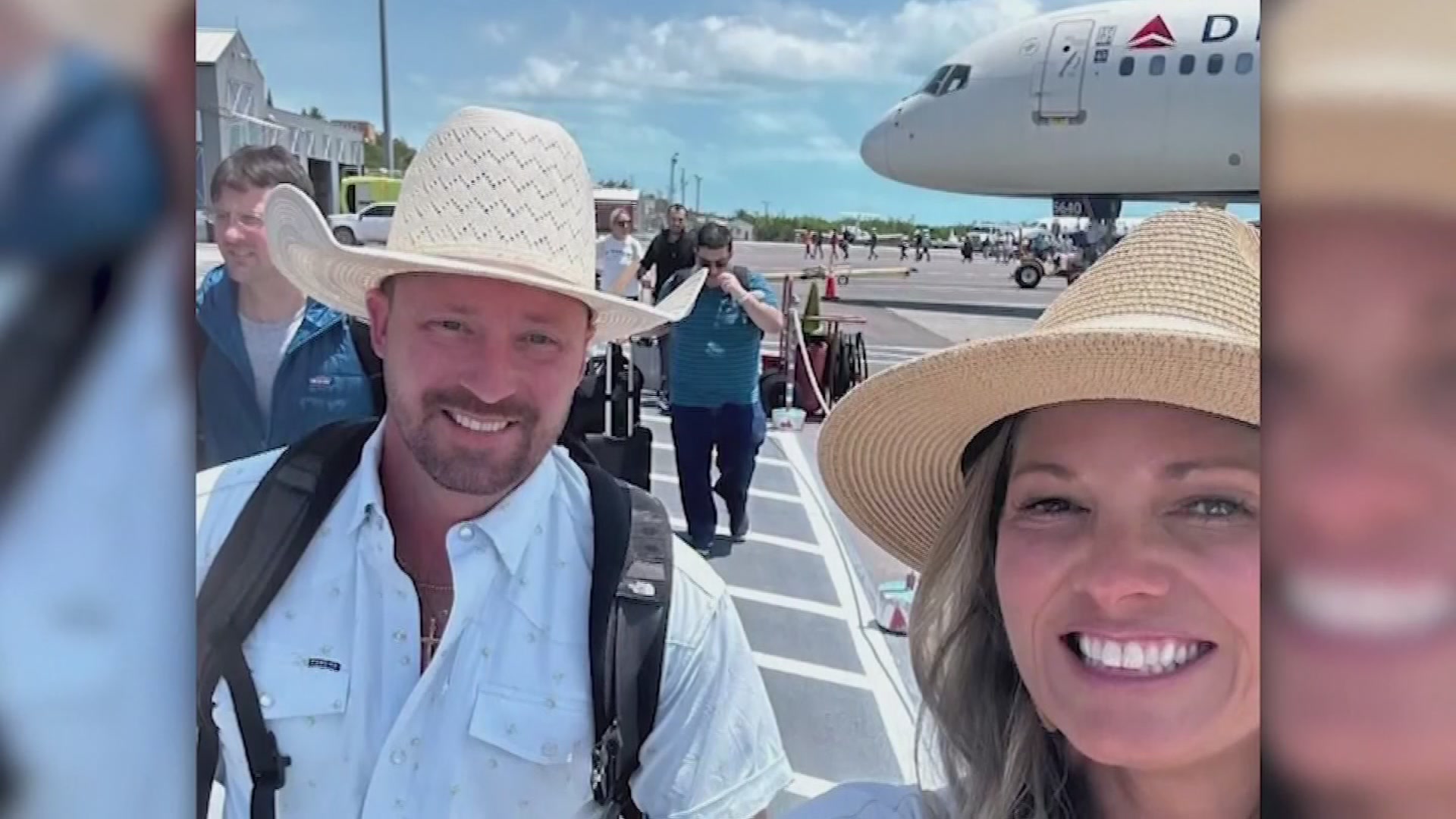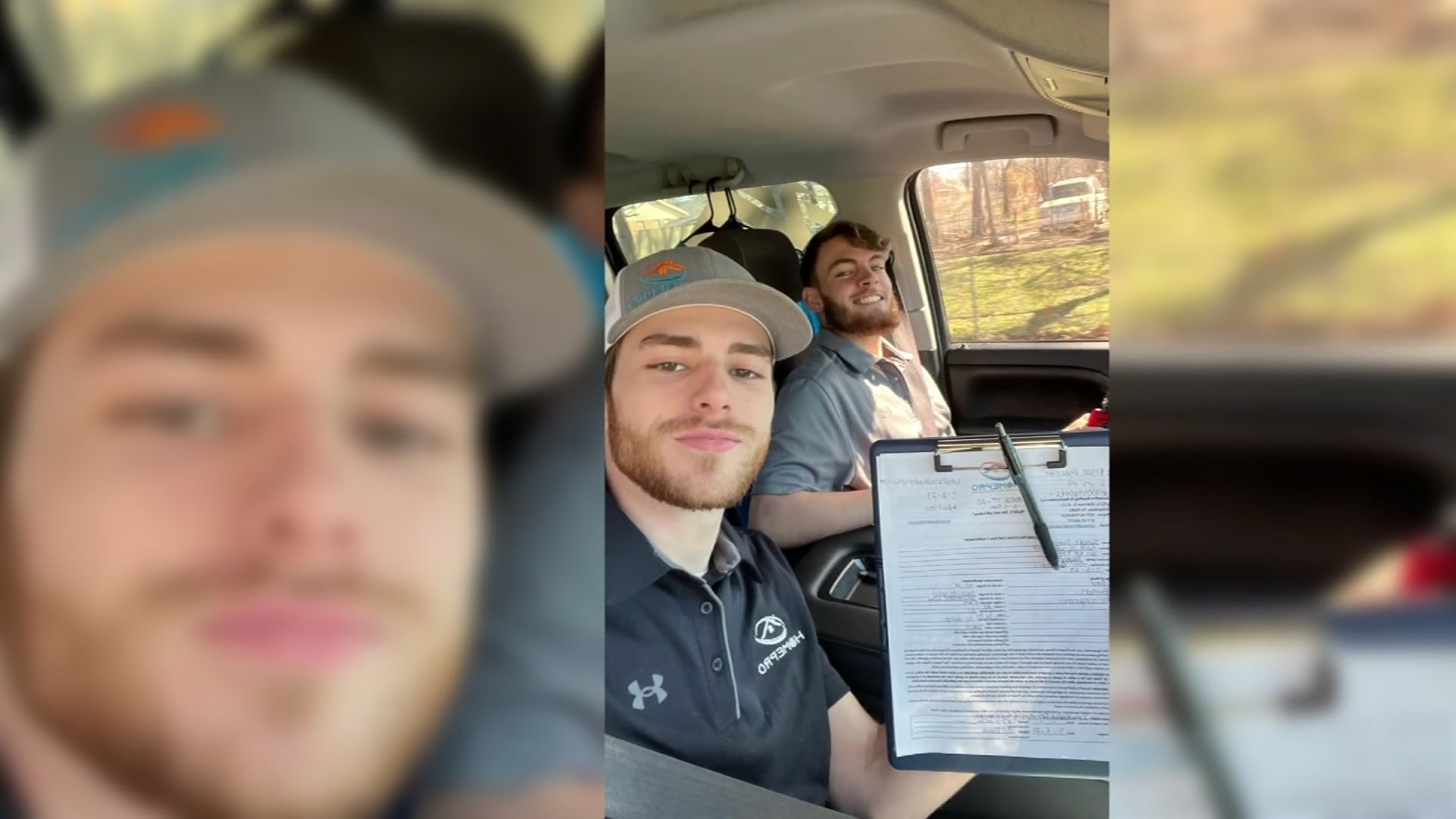We know that car seats are important for babies and toddlers, but Consumer Reports tells us big kids need a “boost” to keep them safe in the car too.
Consumer Reports recently held a photo shoot to demonstrate that even after children outgrow the weight or height limit of their forward-facing car seat, most kids still won't be ready to use just a seat belt.
The solution - a booster seat.
Boosters are the best way to protect these “big kids” in a car crash. It positions the belts over the stronger bony parts of a child’s body, and away from their internal organs.
Boosters raise children up, so that the seat belt fits correctly—over the sternum and the center of the collarbone -- not the neck or arm-- and low across the upper thighs -- rather than the abdomen.
Boosters come in two main styles: high-back and backless. While using a backless one is better than not using one at all, Consumer Reports recommends using a high-back booster, because these do a better job of positioning the shoulder belt, and the side wings provide some side impact protection in a crash.
The Evenflo Big Kid Amp Highback and Evenflo Big Kid Sport are Consumer Reports’ top-rated booster seats.
Local
The latest news from around North Texas.
Kids generally need to use a booster until they are at least 4-foot-9 inches tall and between 8- and 12-years-old. That’s typically when the vehicle seat belt will fit them correctly and they are more comfortable on the larger vehicle seats.
That’s also when their bones will be stronger and can better handle the pressure from a seat belt during sudden braking or in a crash.
And even when kids outgrow the need for a booster, Consumer Reports said the safest place for all children under 13 is in the back seat.



